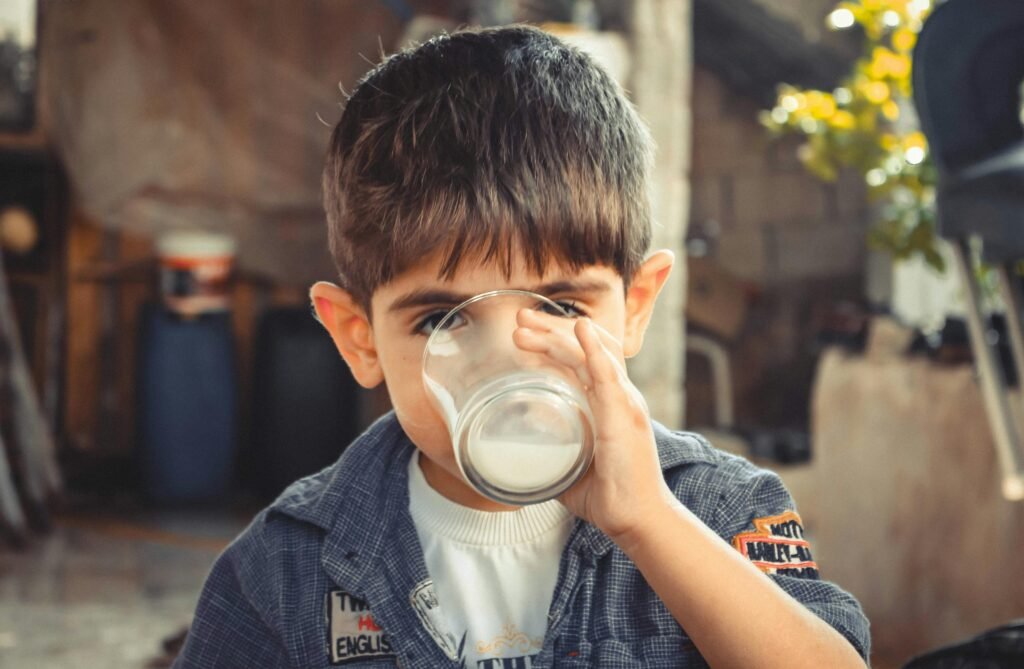
- Intro
- Understanding the Basics: What Distinguishes Raw from Pasteurized Milk
- Exploring the Nutritional Landscape of Raw and Pasteurized Milk
- Assessing the Health Risks: The Safety Debate
- Legal and Accessibility Issues Surrounding Raw Milk
- Making an Informed Decision: Considerations for Your Family
- Conclusion: Embracing a Balanced Approach
Intro
In the ongoing debate about nutrition and health, few topics stir as much discussion and passion as the choice between raw milk and pasteurized milk. This conversation reaches into the depths of science, tradition, and law, challenging us to weigh the benefits and risks associated with our dietary choices.
As we delve into the details of raw milk vs pasteurized milk, it’s crucial to approach this topic with an open mind, armed with facts and a clear understanding of what each option entails for our health and wellbeing.
Understanding the Basics: What Distinguishes Raw from Pasteurized Milk
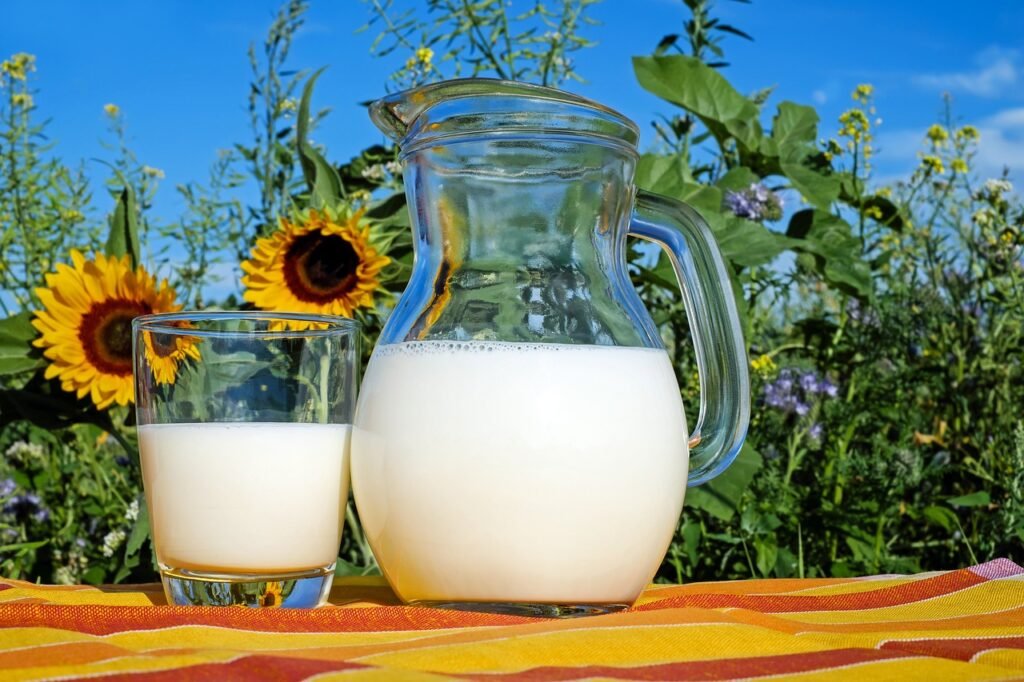
In the realm of dairy, the distinction between raw and pasteurized milk is foundational, yet it’s shrouded in a blend of scientific processes and public health principles. Raw milk is, in its simplest form, the liquid that is collected from cows, goats, or sheep, which has not been subjected to any form of heat treatment.
This lack of pasteurization means that raw milk maintains its original microbiological state from the moment it leaves the animal until it reaches the consumer. Conversely, pasteurized milk undergoes a crucial transformation process – pasteurization. This method involves heating the milk to a temperature that is sufficient to kill off pathogenic bacteria, but not so high as to substantially alter its nutritional content.
The aim here is to strike a balance, ensuring the milk is safe for consumption by eliminating potential health hazards while retaining its nutritional value as much as possible.
This pivotal difference is not just about safety or nutritional content; it’s about understanding the interaction between our food and the processes it undergoes before it becomes part of our diet.
While raw milk advocates highlight the preservation of natural enzymes and potentially beneficial bacteria, proponents of pasteurization point to the reduced risk of foodborne illnesses as a key benefit.
Thus, the choice between raw and pasteurized milk transcends simple preference, weaving in considerations of health, safety, and the intricate dance between technology and tradition in our food systems.
Looking for healthy food options for your family? Check out our favorite books on holistic nutrition.
Exploring the Nutritional Landscape of Raw and Pasteurized Milk
Navigating through the nutritional terrain of raw and pasteurized milk uncovers a rich tapestry of vitamins, proteins, and minerals essential for our health. Proponents of raw milk passionately argue that the absence of pasteurization preserves vital enzymes and a spectrum of nutrients, including the much-discussed vitamins B12 and B6, which are pivotal for energy metabolism and cognitive health, respectively. They posit that raw milk serves as a more authentic source of these nutrients, potentially harboring probiotic benefits akin to those found in other fermented foods.
Conversely, advocates for pasteurized milk emphasize its safety profile alongside its retained nutritional value. While the pasteurization process involves heat treatment, it’s meticulously calibrated to minimize nutrient loss, preserving the milk’s core components—calcium, protein, and essential vitamins. Moreover, pasteurized milk is frequently fortified with vitamins A and D, crucial for vision health and immune function, thus offsetting any potential diminution of nutrients due to heat treatment.
This exploration into the nutritional content of raw and pasteurized milk reveals a nuanced landscape. Each side presents compelling arguments centered on health benefits, from raw milk’s natural enzyme content to pasteurized milk’s fortified nutrients. As we consider these nutritional profiles, it becomes apparent that the choice between raw and pasteurized milk extends beyond mere preference, encompassing a deeper understanding of health implications and the roles these nutrients play in our overall dietary landscape.
Assessing the Health Risks: The Safety Debate
The discourse surrounding the safety of raw versus pasteurized milk is deeply rooted in concerns over foodborne pathogens. Central to this debate are bacteria such as E. coli, Salmonella, and Listeria, which, according to the CDC, are known to inhabit raw milk and pose serious health risks. These microorganisms can lead to severe illnesses, with vulnerable groups such as infants, the elderly, pregnant women, and those with compromised immune systems facing the greatest danger.
While advocates for raw milk argue that modern farming techniques and rigorous sanitation protocols can significantly mitigate these risks, the position of the broader scientific and public health community is unequivocally cautious.
It’s imperative to recognize that the risk of exposure to harmful pathogens is not merely theoretical. Outbreaks linked to raw milk consumption, documented by public health agencies, underscore the real-world implications of choosing unpasteurized dairy products.
The premise of raw milk proponents is built on trust in farm practices and the natural quality of the product. However, without the universal safety net of pasteurization, the risk, albeit small, remains tangible and has the potential to translate into real health consequences.
This element of risk does not exist in isolation; it is part of a larger conversation about how we assess and manage the safety of our food. The pasteurization process, while not without its critics, offers a standardized method to ensure the microbial safety of milk, making it a cornerstone of public health strategy in the dairy sector.
Engaging in this debate necessitates a nuanced understanding of both the scientific evidence and the personal values that guide our choices about food safety and health.
Legal and Accessibility Issues Surrounding Raw Milk
Navigating the legal landscape of raw milk can be as complex as understanding its nutritional and safety profiles. Laws governing the sale and distribution of raw milk vary dramatically across regions, creating a patchwork of regulations that reflect the ongoing debate about its consumption.
In some states, you might find raw milk readily available at local farmers’ markets or through herd-share agreements, where consumers own a portion of the cow and receive its milk, sidestepping retail sale restrictions. Elsewhere, regulations might confine the sale of raw milk to the farm premises or ban it altogether, positioning it as a legal gray area for both producers and consumers.
These legal intricacies not only impact accessibility but also ignite conversations about food sovereignty and the right to choose what we consume. They underscore a tension between individual freedom and collective public health concerns, with raw milk standing as a symbol of broader food policy disputes.
As regulations continue to evolve, they reflect an ongoing attempt to balance these sometimes conflicting priorities, often leaving consumers and producers in a state of uncertainty.
For those committed to exploring raw milk as an option, understanding your local laws becomes a critical first step. It demands a proactive approach to sourcing, requiring due diligence to ensure that any raw milk consumed is obtained legally and from reputable sources committed to high standards of quality and safety.
This legal landscape, with its varying degrees of accessibility, invites us to engage more deeply with our food choices, encouraging a dialogue between consumers, producers, and policymakers that is informed, respectful, and forward-thinking.
Making an Informed Decision: Considerations for Your Family

When navigating the waters between raw and pasteurized milk, the compass guiding your decision should be an amalgamation of informed knowledge and personal health considerations.
In the sphere of raw milk, the emphasis lies on ensuring the integrity and standards of the source. Farms committed to exemplary hygiene practices and the wellbeing of their livestock are pivotal in mitigating potential risks. This step is not merely about safeguarding against health hazards but also about supporting agricultural practices that resonate with your values.
Engaging with healthcare professionals plays a critical role in this decision-making process. Their insights can provide a personalized perspective, particularly for households with individuals who might be more susceptible to the implications of consuming raw milk, such as young children, pregnant women, or those with certain health conditions. This dialogue is indispensable, ensuring that your choice aligns not just with your dietary preferences, but also with the health prerequisites of your family.
On the flip side, pasteurized milk presents a universally accessible option, embodying a harmony between nutritional sustenance and safety. The process of pasteurization, while seen by some as detracting from the milk’s natural state, establishes a baseline of safety that spans across different consumer groups, eliminating the guesswork associated with potential microbial risks.
The journey towards making a choice that suits your family’s dietary landscape involves weaving through a tapestry of health, safety, and ethical considerations. It’s a pathway marked by the pursuit of knowledge, the guidance of professionals, and a reflection on personal values and health needs. This process is emblematic of the broader endeavor to make conscientious and informed dietary choices in a complex nutritional world.
Conclusion: Embracing a Balanced Approach
In wrapping up this exploration into the nuanced territories of raw versus pasteurized milk, we find ourselves at a crossroads of tradition, innovation, and health consciousness. The journey through the scientific, nutritional, and legal landscapes illuminates the multifaceted dimensions of this choice, reminding us of the importance of grounding our decisions in robust knowledge and personal health priorities.
Embracing a balanced approach means acknowledging the legitimate concerns and benefits presented by both sides, while also recognizing that our decisions ripple through our family’s well-being and our community’s health standards.
This balanced approach isn’t about finding a one-size-fits-all answer but rather about cultivating an environment where informed, nuanced discussions can thrive. It’s about engaging with the sources of our food, understanding the processes they undergo, and considering how these align with our values and health objectives.
Whether the decision leans towards the unaltered charm of raw milk, with its proponents championing its natural benefits, or the assured safety and consistency of pasteurized milk, the underlying goal remains the same: to nourish our families with confidence and care.
Ultimately, the choice between raw and pasteurized milk transcends the liquid in our glasses; it’s a reflection of our commitment to making thoughtful, informed food choices that foster health, respect for tradition, and trust in science.
As we move forward, let’s carry with us the lessons learned from this dialogue, applying them not just to milk but to all facets of our dietary landscape, always prioritizing the well-being of those we hold dear.
Pin this post to read later
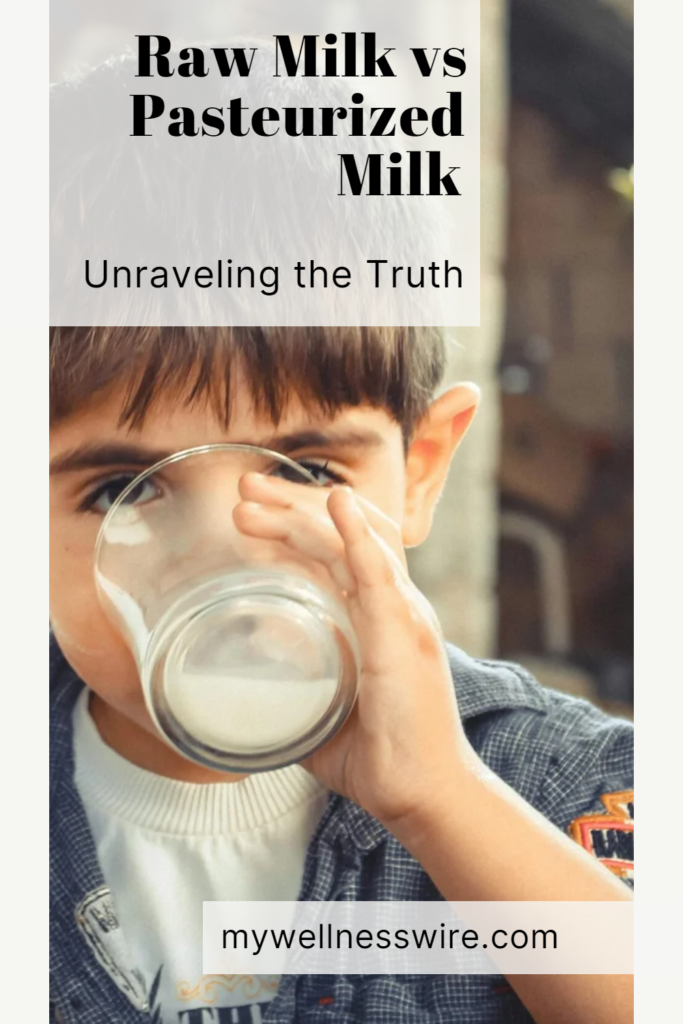
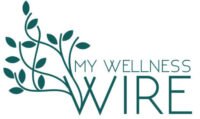

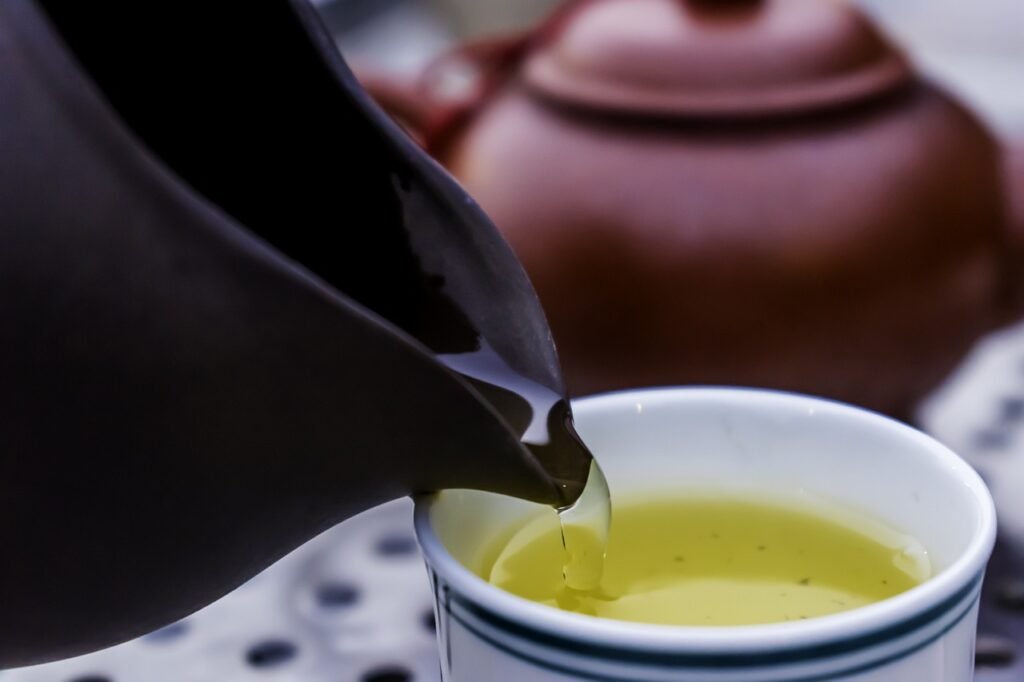
Thanks for sharing. I read many of your blog posts, cool, your blog is very good.